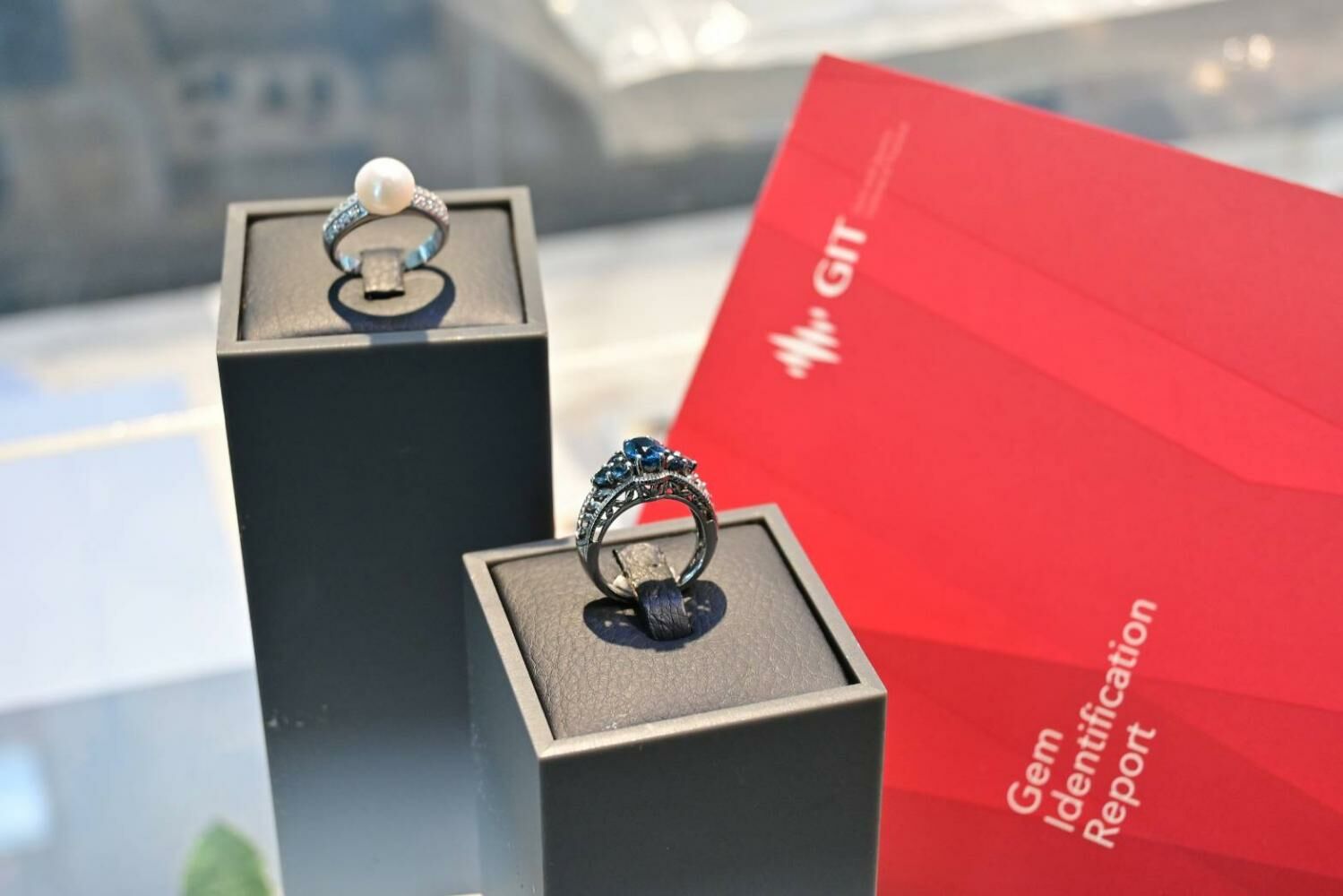Thai gems and jewellery exports set to grow 10% despite global challenges

Exports of gems and jewellery (excluding gold) from Thailand are forecasted to grow by 10% this year, despite concerns of economic slowdown and ongoing geopolitical conflicts. This optimistic projection comes from increased demand for high-end luxury jewellery, particularly gemstone jewellery, according to Sumed Prasongphongchai, director of the Gem and Jewelry Institute of Thailand.
In the first quarter of this year, Thailand’s exports of gems and jewellery, including gold, reached US$4.25 billion, marking a 22.8% decrease from the same period last year. However, excluding gold, the total exports amounted to US$2.34 billion, only a 3.5% decline. In contrast, in the previous year, the total export value of gems and jewellery, excluding gold, was US$7.98 billion, reflecting a surge of 29.5%.
Last year’s growth was attributed to multiple factors, such as the global economic recovery, the easing of COVID-19 restrictions, increased international travel and tourism, and the resumption of economic activities. These factors encouraged the growth of worldwide production and consumer purchasing. Key markets that exhibited strong growth for Thai gem and jewellery exports included Singapore, Switzerland, India, Belgium, the UK, the United Arab Emirates, the US, Hong Kong, Japan, and Germany.
Driving factors behind the surge in gold exports were the rising global demand and central banks worldwide raising their gold holdings by 1,136 tonnes, worth US$70 billion – the highest volume since 1967. Analysts predict that gold demand will continue to grow this year, leading to further increases in gold holdings.
Sumed Prasongphongchai highlighted the need to monitor geopolitical conflicts, energy prices, inflation, and interest rates closely, as these factors can obstruct economic growth. He pointed out that the last quarter of 2022 showcased these economic hindrances, which are predicted to become increasingly prominent throughout 2023. Hence, the US and EU economies face the risk of a possible recession. However, markets in Asia, including China, Japan, and ASEAN, are still likely to experience growth.
Prasongphongchai advised entrepreneurs with businesses in major markets like the US and Europe to focus on designing products that cater to customers’ preferences and showcase their unique skills. Additionally, adopting environmentally friendly marketing techniques and reducing carbon emissions throughout supply chains have become increasingly important. This approach can create opportunities in recovering markets such as China, Japan, Central Asia, ASEAN, and India, where demand for jewellery and accessories continues to rise, reports Bangkok Post.
Latest Thailand News
Follow The Thaiger on Google News:


























